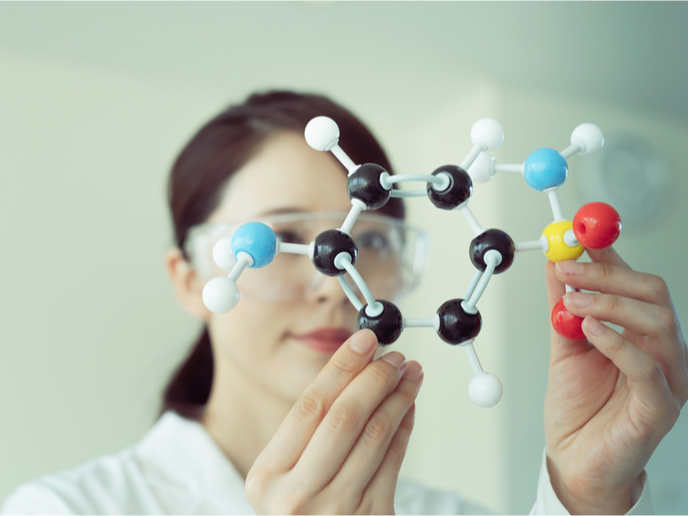Better scaffolds for building new bones
The problem of building new bones or facilitating the healing of damaged ones can be likened to building a house with appropriate technology for the bricks and mortar, the plumbing and the aeration of the final construction. Thus, bone tissue regeneration requires the development of a three-dimensional (3D) porous bio-scaffold of sorts to enhance attachment of new cells and enable adequate oxygenation and blood capillary supply for bringing nutrients and carrying away waste. The ‘Intelligent and reinforced tissue scaffolds for regenerative biomedicine’ (Biosca) project was designed to develop a new generation of biocompatible materials with the appropriate reactivity supporting attachment of cells as well as porosity enabling 3D colonisation of deep areas of the scaffold. First, the investigators developed new biocomposite materials based on carbon nanotubes and mesoporous silica that increase conductivity more than 8 orders of magnitude (100 million times greater), enabling electrical stimulation and activation of cells that make bone (osteoblast-like cells) with much lower currents. In addition, the researchers focused on hydroxyapatite (HA) systems for bone regeneration and bone implant integration. HA is a naturally occurring calcium-containing mineral that is one of the constituents of the bone matrix. They developed new HA coatings that increase surface area via pores (imagine how much water a flat glass slide could hold compared to a glass slide with numerous small cavities in it), not only providing increased contact surface for laying down new bone tissue but also enabling loading with biologically active molecules such as growth factors that could further enhance cell attachment and growth. Porosity can also enhance oxygenation of tissues and infiltration by blood capillaries, both vital to healthy living tissues. In vivo experiments with new HA 3D foams demonstrated enhanced mechanical properties in addition to their biochemical properties. In short, the Biosca project made significant advances in the field of bone regeneration with additional applications as diverse as heavy metal detoxification and tumour therapy. Future research and commercialisation of these innovations could enhance the quality of life of the millions suffering from musculoskeletal disorders and provide a competitive edge to European bioscience companies.







